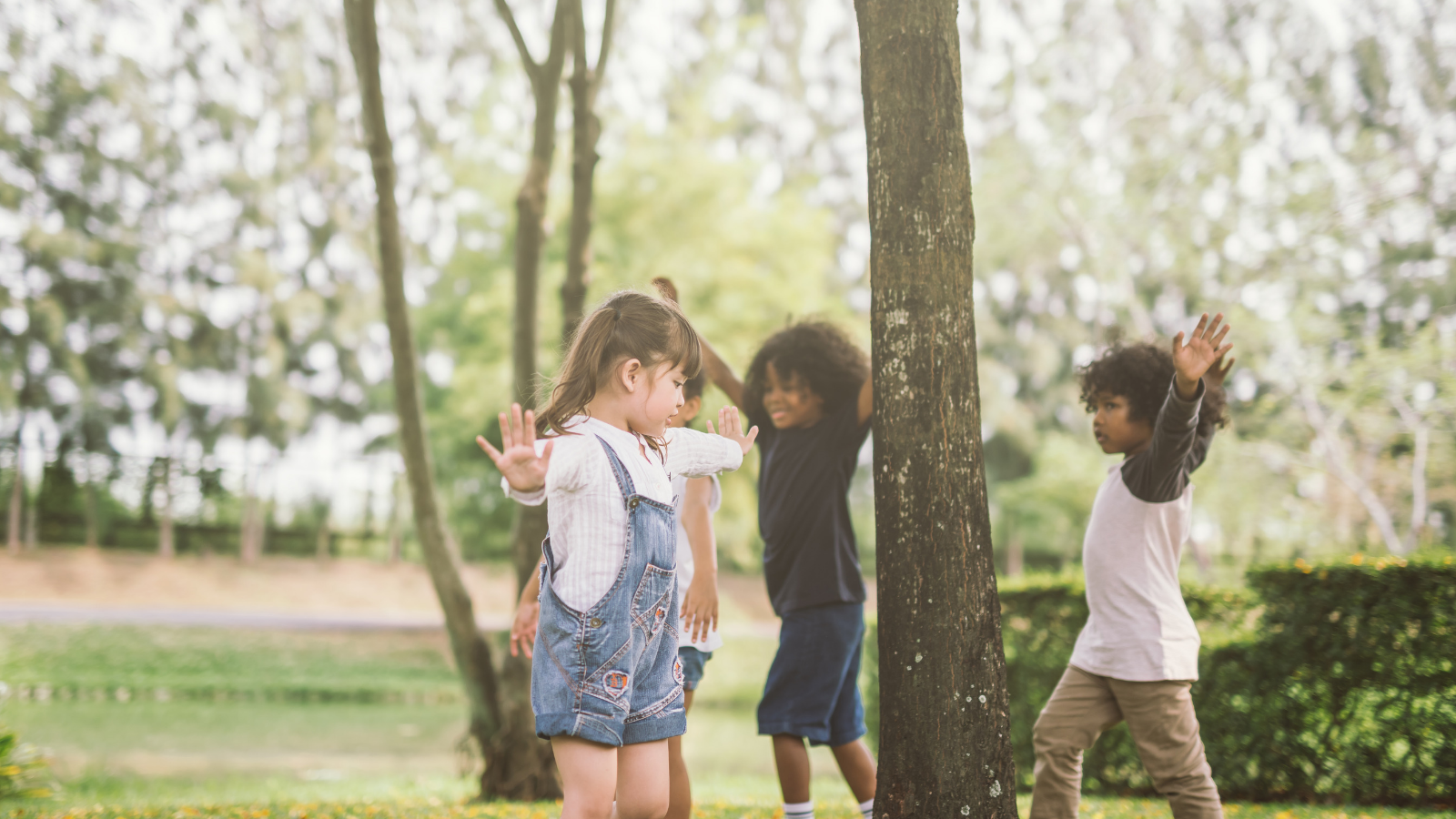
My family spent this past Sunday afternoon playing in the street. The best part? We didn’t have to use the “game off!” and “game on!” codes to avoid cars. Instead, a main thoroughfare running through the heart of our city was transformed – all 22 blocks of it. As part of “Open Streets MPLS,” the cars and busses normally crowding the street were replaced by kids, families, and bikers. Activities for kids, youth, and grown-ups alike dotted the streetscape as local businesses and organizations joined in the fun.
My son scanned the well-organized tents and neat stages and zeroed in on a lopsided cardboard castle down the street. As we got closer, it became clear that we had stumbled upon kid-generated, free play paradise.
Free Play Paradise
The “Twin Cities Pop-Up Adventure Playground” allowed children to use simple materials – paint, cardboard, fabric and tape – to create their own play structures and fun. In other words, think Caine’s Arcade for the masses. I stood back as I watched my son and nephew dive in, ducking in and out of a cardboard world that was theirs for the making. They emerged nearly half hour later with paint in their hair. They were also eager to share a detailed story involving a wizard, two geckos, and a magic wand. All in all, a successful afternoon in the street.
The Twin Cities Adventure Playground is part of a larger movement organizing for more creative, spontaneous, and yes even risky, play for children. A high profile article in the Atlantic and Gever Tulley’s TED talk have certainly provided fuel to the public conversation about the importance of free play.
Want your children to succeed in school? Let them play
A growing body of research is begging us to question the firm line we’ve drawn between the playground and the classroom.
It is rare that you will hear anyone say that play is bad for children. But it often plays a subordinate role to more ‘serious’ and structured activities designed to help children excel in school. Play, as the thinking has been, is where kids blow off a little steam in order to get back to the important work of learning.
It is true that the drive to play is rooted deep within the oldest parts of our brain. Yet research has shown that free play also activates the prefrontal cortex. This part of the brain is the seat of executive function (EF). Indeed, a recent study demonstrated that less structured activities predict self-directed EF. This is why successful EF-boosting programs like Tools of the Mind include ample opportunities for imaginative and free play.
EF is a suite of skills that enable children to engage in “goal directed” behaviors that predict positive outcomes in both school and life. Self-directed EF is what enables a child to move towards their own goals without external prompting. It turns out that less structured activities give children the chance to practice skills critical to life and learning like:
- Developing and maintaining goals
- Negotiating conflict
- Managing risk
- Problem solving
- Regulating their own feelings and behavior
One researcher believes that as children negotiate play with other children they are busy building “social brains.” This is important not just for their relationships, but for their grades as well. One study indicated that social skills in third grade predicted better grades in eighth grade.
All of this is on top of the compelling evidence that exercise and movement boost both physical and mental health and academic performance. In other words, moving your body builds your brain.
Making room for free play
Of course we should be wary of idealizing unstructured time for kids as if it is a silver bullet for success. Indeed, organized activities can really benefit youth. This is especially true when compared to chronic unsupervised time. We also know that relationships with caring adults form a core ingredient of resilience. It is absolutely our job is to protect children from toxic stress. We shouldn’t turn a blind eye to power dynamics and bullying outside or in the classroom. It also is true that some children, due to geography, income, or other factors, have better access to spaces where they can play without being unsafe and where caring adults can ultimately intervene if need be.
We don’t need to choose between unfettered freedom and stifling structure. We need to ensure that amidst the intense drive to prepare children for life, we don’t crowd out opportunities for them to create their own playgrounds.
Game on – Tips for more free play
Cardboard isn’t the only material you have to work with. There are lots of ways that you can advocate for free play. As summer winds down and the school year starts back up, make sure that play doesn’t pass with the season. Here are a few things you can do today:
- Check out our parenting tips on getting the most out of free play with kids.
- Ask your child’s school about their philosophy on recess and physical education. Be especially attentive to the early grades – do preschool and kindergarten classes allow plenty of time for imaginative and free play?
- Does your child’s school provide the resources and supplies for imaginative play?
- Look at your child’s schedule to ensure that every hour of the day isn’t filled with structured activities.
- Think of creative ways to respond to the call of “I’m bored!”